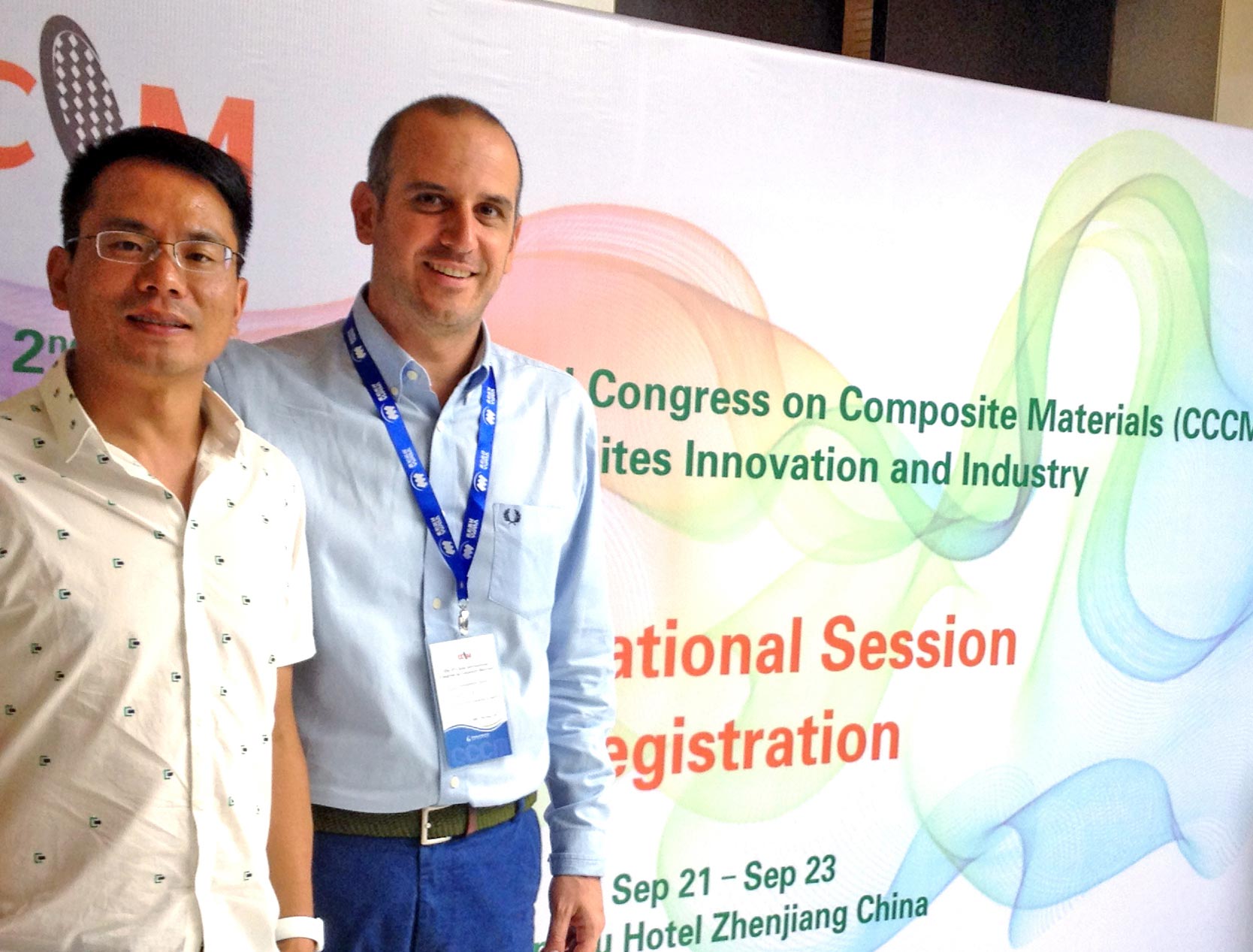
Superlubricity, the sliding regime between two materials in which friction or resistance to sliding vanishes, expected capable of minimizing wear on length scales ranging from the nanoscale to the macroscale, constitutes today an emerging research area in the field of materials. Special impetus towards that direction, has been demonstrated by recent developments in 3D printing technologies which have enabled the development of materials with inherent superlubricity properties based on bioinspired or geometrical surface patterning.
The review paper entitled "Infinite Approaching Superlubricity by Three-Dimensional Printed Structures" published in Volume 15, 2021 of the ACS Nano journal (impact factor 14.6) of the American Chemical Society, is a joint research effort of Konstantinos Dasios, Assistant Professor in the Laboratory of Nanotechnology and Advanced Μaterials of the Dept. of Chemical Engineering, and Hui Mei, Professor at Northwestern Polytechnical University, Xi'an, China. The review presents the latest scientific developments in the field of structural lubrication with 3D printed materials while it highlights future trends and needs for the optimization of design strategies and 3D development of superlubric structures.